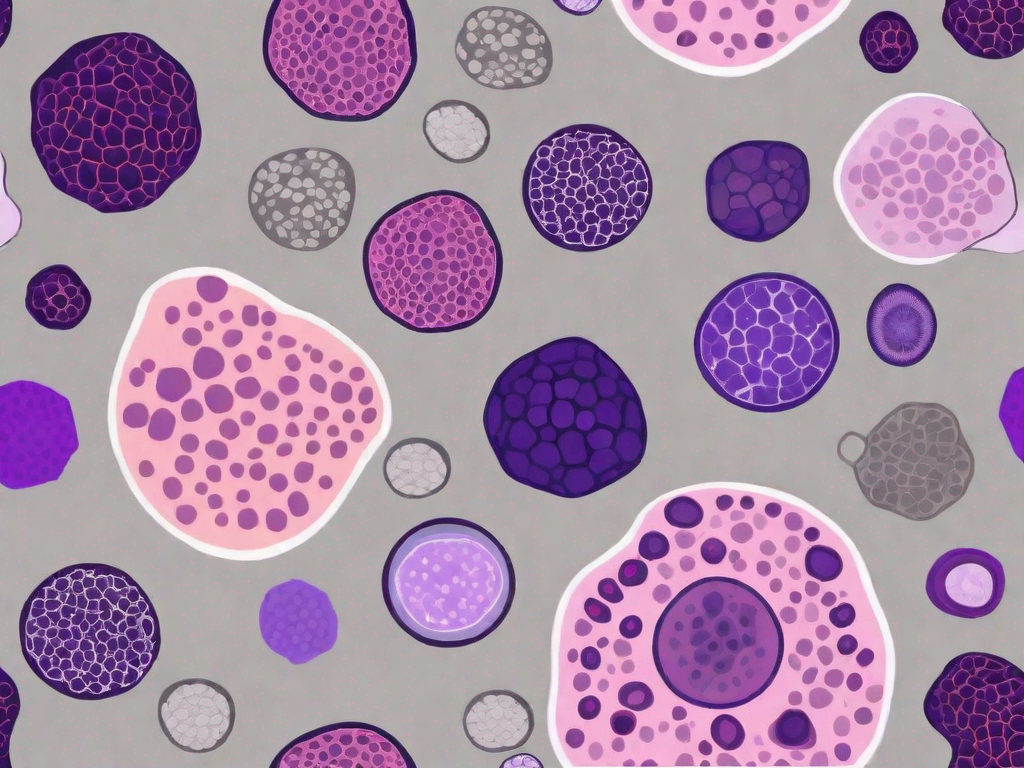Cancer, affecting millions globally, is not just one disease but many, each with unique characteristics. This comprehensive guide delves into various cancer types, their development, and the importance of early detection. It covers carcinomas (common cancers of epithelial cells), sarcomas (from connective tissues), leukemias (blood cancers), lymphomas (lymphatic system cancers), and rarer forms like brain and spinal cord tumors, neuroendocrine, and germ cell tumors. Understanding cancer’s biology, stages, and grades is vital for effective treatment and management. This article is an essential read for patients, caregivers, and anyone seeking a deeper understanding of cancer’s complexities.
Cancer is a complex and often frightening disease that affects millions of people worldwide. By understanding the different types of cancer, we can empower ourselves with knowledge and make well-informed decisions when it comes to prevention, diagnosis, and treatment. In this article, we will delve into the various types of cancer, their characteristics, and how they can affect the body. Whether you’re a cancer patient, a caregiver, or simply someone seeking to learn more about this disease, this comprehensive guide will provide you with valuable insights and a deeper understanding.
Defining Cancer: An Overview
Before we explore the different types of cancer, let’s first establish a solid understanding of what cancer actually is. Cancer is a group of diseases characterized by the abnormal growth of cells in the body. Normally, cells divide and multiply in an orderly manner to replace old or damaged cells. However, in cancer, this process goes awry, leading to the formation of tumors or the invasion of neighboring tissues.
The Basic Biology of Cancer
At its core, cancer can be seen as a failure of cell regulation. The body has various mechanisms in place to control the growth and division of cells. These mechanisms ensure that cell growth is balanced and that damaged cells are repaired or eliminated. When these regulatory mechanisms malfunction, cancer can take hold. Genetic mutations, environmental factors, and lifestyle choices can all contribute to the development of cancer. Understanding the underlying biology of cancer is crucial in developing effective prevention strategies and innovative treatments.
How Cancer Develops and Spreads
Cancer development is a multi-step process that can take years or even decades. It often starts with genetic mutations that cause cells to grow abnormally. These mutated cells can form a mass called a tumor. However, not all tumors are cancerous. Benign tumors do not spread to other parts of the body and are generally less concerning. Malignant tumors, on the other hand, have the ability to invade nearby tissues and spread to distant organs through a process called metastasis. Understanding how cancer develops and spreads is essential for early detection and personalized treatment approaches.
The Major Types of Cancer
Cancer encompasses a broad spectrum of diseases, each with its own unique characteristics and treatment options. Let’s explore some of the major types of cancer:
Carcinomas: The Most Common Type
Carcinomas are the most common type of cancer, originating from epithelial cells that line the internal and external surfaces of the body. These cells are found in tissues such as the skin, lungs, breasts, and organs of the digestive system. Carcinomas can occur in various forms, including lung cancer, breast cancer, and colorectal cancer. They often present as solid tumors and can spread to other parts of the body if left untreated.
Sarcomas: Cancers of the Connective Tissue
Sarcomas arise from connective tissues, such as bones, muscles, and cartilage. They are less common compared to carcinomas but can still be highly aggressive. Examples of sarcomas include osteosarcoma, which affects the bone, and liposarcoma, which affects fatty tissues. Early detection and surgical intervention are crucial in managing sarcomas effectively.
Leukemias: Blood Cancers
Leukemias are cancers of the blood and bone marrow, where cells responsible for blood production become malignant. Leukemia cells can congest normal blood cell production, leading to various symptoms such as fatigue, easy bruising, and increased vulnerability to infections. Types of leukemia include acute lymphoblastic leukemia (ALL) and chronic myeloid leukemia (CML), among others. Prompt diagnosis and specialized treatments, such as chemotherapy and stem cell transplantation, can significantly improve outcomes for leukemia patients.
Lymphomas: Cancers of the Lymphatic System
Lymphomas originate from the lymphatic system, a vital part of our immune system that helps fight infections and diseases. There are two main types of lymphomas: Hodgkin lymphoma and non-Hodgkin lymphoma. Both types involve the abnormal growth of lymphocytes, a type of white blood cell. Lymphomas can manifest in various ways, ranging from painless swollen lymph nodes to more serious complications. Advances in targeted therapies have revolutionized the treatment landscape for lymphomas, offering hope to many affected individuals.
Rare and Less Common Types of Cancer
In addition to the major types discussed above, there are numerous rare and less common types of cancer that merit attention. While their overall incidence is lower, they still present unique challenges for patients and healthcare providers. Let’s explore a few examples:
Brain and Spinal Cord Tumors
Brain and spinal cord tumors can affect both adults and children. They arise from abnormal cell growth in the central nervous system, and symptoms can vary depending on the location and size of the tumor. Early detection, followed by precise surgical intervention and targeted therapies, can make a significant difference in the prognosis and quality of life for individuals with brain and spinal cord tumors.
Neuroendocrine Tumors
Neuroendocrine tumors (NETs) develop from neuroendocrine cells, which produce hormones and are scattered throughout the body. This type of cancer can occur in various organs, such as the lungs, pancreas, and gastrointestinal tract. NETs often have different behaviors compared to other cancers, and treatment approaches need to be tailored accordingly. Advances in imaging techniques and targeted therapies have broadened treatment options for individuals with neuroendocrine tumors.
Germ Cell Tumors
Germ cell tumors develop from reproductive cells, both in males and females. These rare tumors can arise in the testicles, ovaries, or various other locations in the body. Germ cell tumors can affect individuals of all ages, but they are most commonly diagnosed in teens and young adults. A multidisciplinary approach, involving surgery and chemotherapy, is typically employed to effectively treat these tumors.
Understanding Cancer Stages and Grades
When it comes to cancer, staging and grading are crucial aspects of diagnosis and treatment planning. Let’s explore what these terms mean:
The Staging System
The staging system provides a standardized way to describe the extent or spread of cancer in the body. It considers factors such as tumor size, lymph node involvement, and metastasis. Staging helps in determining the appropriate treatment approach, as well as providing valuable prognostic information. Doctors use various staging systems, tailored to specific types of cancer, to ensure accurate disease classification and optimize treatment decisions.
The Grading System
The grading system evaluates the aggressiveness or degree of abnormality of cancer cells under a microscope. It provides information about the likelihood of the cancer growing and spreading. Grading enables doctors to classify tumors into different grades, such as low grade, intermediate grade, or high grade, based on specific cellular characteristics. This information helps guide treatment decisions and predict overall patient outcomes.
In conclusion, understanding the different types of cancer is a critical step towards effectively addressing this disease. Each type of cancer presents unique challenges and treatment considerations. By staying informed and seeking the expertise of healthcare professionals, we can empower ourselves and our loved ones. Remember, knowledge is power, and together, we can make great strides in the fight against cancer.






